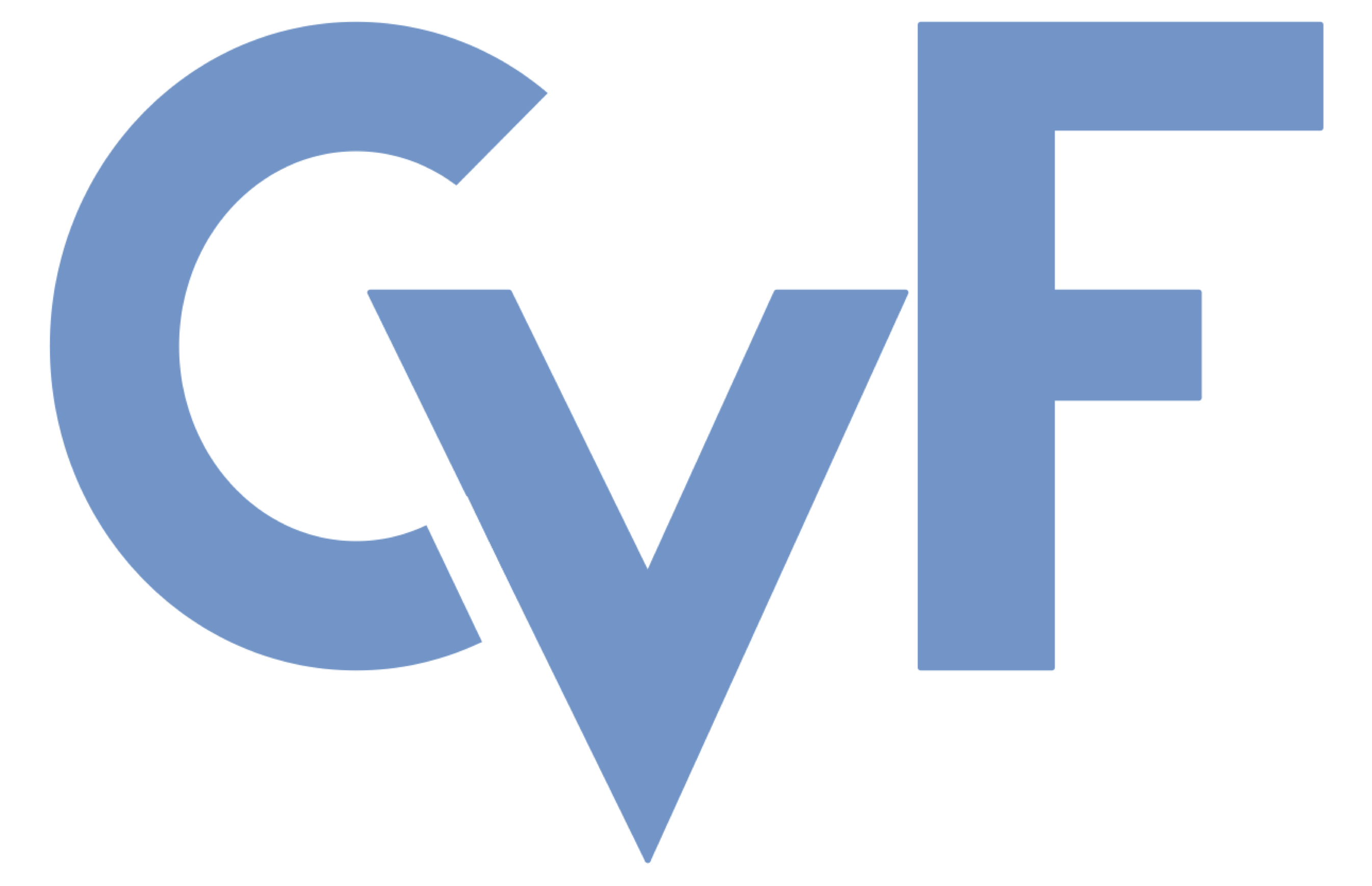-
[pdf]
[supp]
[arXiv]
[bibtex]@InProceedings{Niewiadomski_2025_ICCV, author = {Niewiadomski, Tomasz and Yiannakidis, Anastasios and Cuevas-Velasquez, Hanz and Sanyal, Soubhik and Black, Michael J. and Zuffi, Silvia and Kulits, Peter}, title = {Generative Zoo}, booktitle = {Proceedings of the IEEE/CVF International Conference on Computer Vision (ICCV)}, month = {October}, year = {2025}, pages = {8492-8502} }
Generative Zoo
Abstract
The model-based estimation of 3D animal pose and shape from images enables computational modeling of animal behavior. Training models for this purpose requires large amounts of labeled image data with precise pose and shape annotations. However, capturing such data requires the use of multi-view or marker-based motion-capture systems, which are impractical to adapt to wild animals in situ and impossible to scale across a comprehensive set of animal species. Some have attempted to address the challenge of procuring training data by pseudo-labeling individual real-world images through manual 2D annotation, followed by 3D-parameter optimization to those labels. While this approach may produce silhouette-aligned samples, the obtained pose and shape parameters are often implausible due to the ill-posed nature of the monocular fitting problem. Sidestepping real-world ambiguity, others have designed complex synthetic-data-generation pipelines leveraging game engines and collections of artist-designed 3D assets. Such engines yield perfect ground-truth labels but are often lacking in visual realism and require considerable manual effort to adapt to new species or environments. We propose an alternative approach to synthetic-data generation: rendering with a conditional image-generation model. We introduce a pipeline that samples a diverse set of poses and shapes for a variety of mammalian quadrupeds and generates realistic images with corresponding ground-truth pose and shape parameters. To demonstrate the scalability of our approach, we introduce GenZoo, a synthetic dataset containing one million images of distinct subjects. We train a 3D pose and shape regressor on GenZoo, which achieves state-of-the-art performance on a real-world multi-species 3D animal pose and shape estimation benchmark, despite being trained solely on synthetic data. We release our data and pipeline at https://genzoo.is.tue.mpg.de.
Related Material





